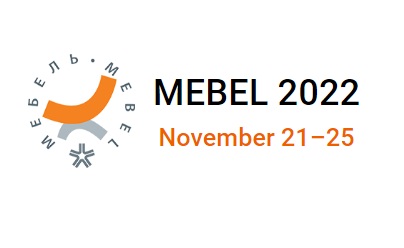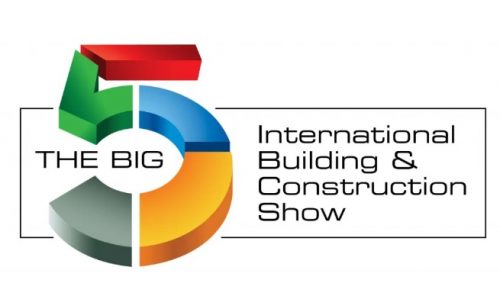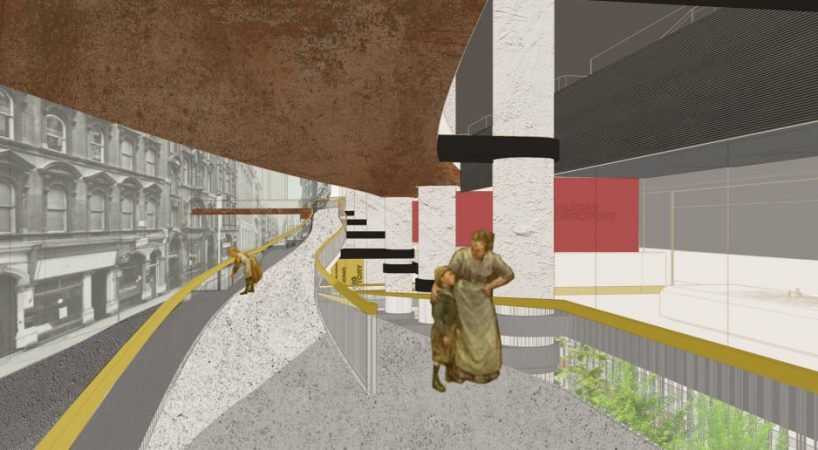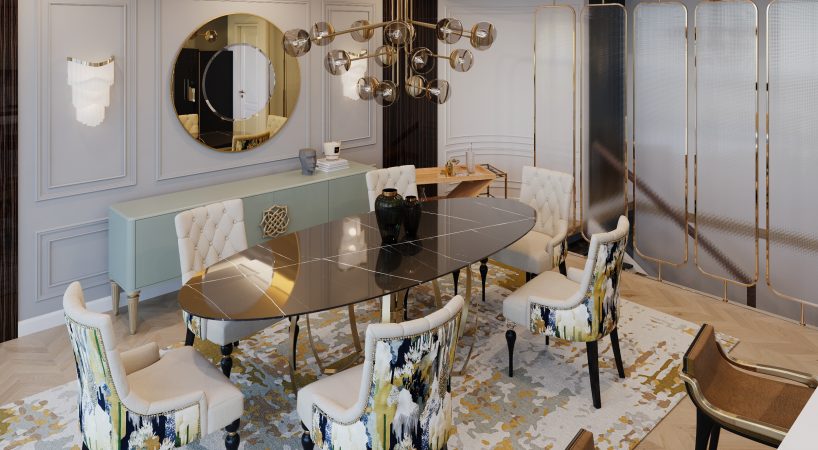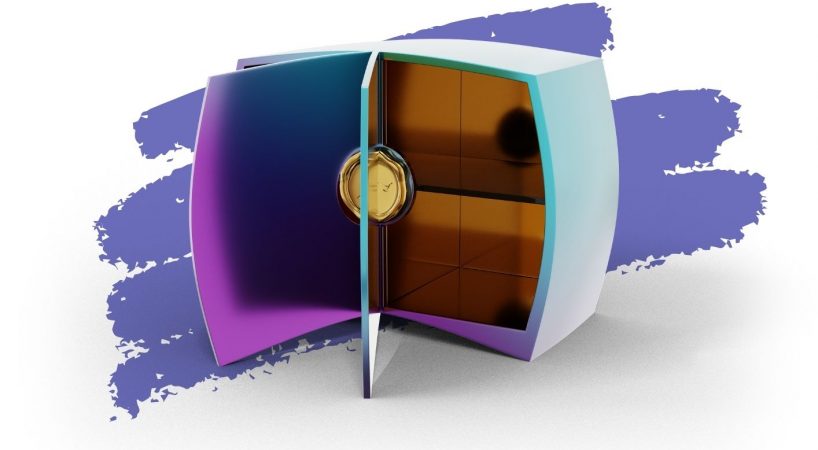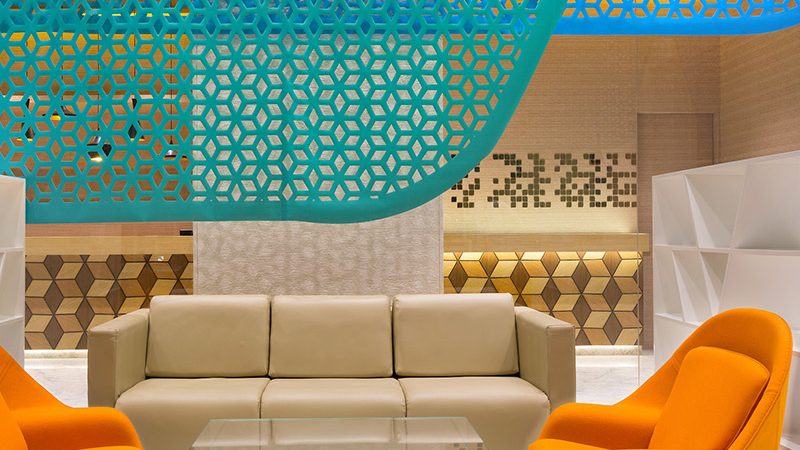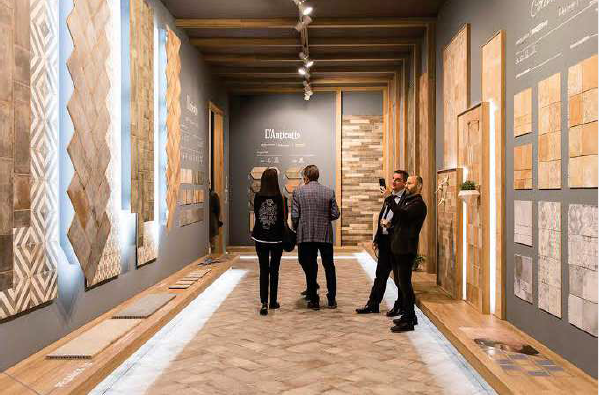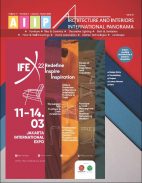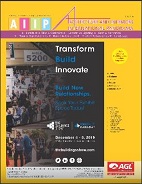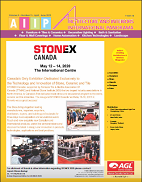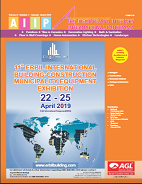Green Building Industry in East Africa
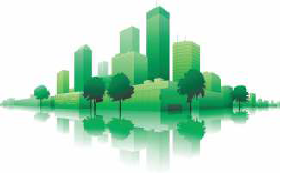
To boost use of natural element and enhance the performance of a building use of green technology should be adopted for any design . Performance is measurable thought continued energy use redaction , water use education and improved health and well being of occupants.
The Green Building Technologies industry in East Africa is ripe for expansion due to using demands for higher construction standards and better performance building. The “green” trend during this market growth is rooted in life energy cost, declining fresh water sources more stringent environmental regulations by government and listing case of chronic health conditions and hospitalization bills.
Some practitioners assume that bolting “green” technology on a building result in green design. This misconception leads of the common perception that green building cost more than conventional constriction .
A good design must respond to the basic human needs of varying environs, for distance, from Lodwar, Kisumu, Mombasa to Nairobi. Even within Nairobi the micro – climate at JKIA and Karen are notably different. A building design should be responsible to the particular element to satisfy how we perceive built up environment using the five senses of taste, touch, smell, heaving and using. A sustainable comfortable indoor should consider elements such as day light and natural ventilation. Low operational cost as well soil after factor green building technology requires close collaboration between the different professionals in the design team. The complexity of designing buildings with reduced exposure to various hazards should not be underestimated.
Studies show that performance of employees in certain commercial building can be directly linked to the sick days a company reports. Building design has profound impact on human health at home, school and wood place.
Building uses have varying latest and needs. The approved to green building technology has to be based on each project’s brief rather than copy paste “here’s what I made earlier” approach.
During the design process, passive design principles should be adopted first, active green building technology can be integrated. In this case by dose not equal best performance, the approach for green building technology is it reduces demand, than select high efficiency equipment and last but not the least regular monitoring and re-commissioning of the system for optimum performance during the building lifecycle including decommissioning.
Green building technology includes, but is not limited to the following which are categorized in this use within the green star SA – Kenya green building rating frame work :-
(1) Energy
(a) Energy Efficient Artificial Lighting. (b) Solar hot water system. (c) Energy Efficient Appliances.
(2) Renewable Energy System.
(a) Photovoltaic – Photovoltaic power system are generally classified according to this functional and operational according, this couponed configuration, and low the equipment’s connected if other power sources and electric loads.
The two principal classifications are grid – connected and stand alone systems. Photovoltaic systems can be designed to provide DC and AC power service, can operate interconnected without independent of the Kenya power grid, and can be connected to provide power directly to the building and include energy storage system such as batteries for energy use when there’s no daylight.
(b) Wind Turbines – Wind energy technology can be classified into two categories – macro wind turbines that are installed for large – scale energy generation such as wind farms, and micro wind turbines used for local electricity production.
(c) Energy Modeling – Energy modeling is the virtual or computerized simulation of a building or complex that focuses on energy consumption, utility bills and life cycle cost of various energy related items such as air consumption, light and hot water subject to use of the building.
(3) Water
(a) Water efficient fixtures (b) Efficient Irrigation Systems
(4) Materials
(a) Low VOC (Volatile organic compounds) materials
(b) Sustainable Timber (c) Steel (d) Local Sourcing
(e) Air Cleaning Paint
In the development of green Building the life Cycle Assessment (ICA) is an integral part of the process as it allows for holistic approach of the development. I.C.A involves reassessing the environmental aspects and potential impacts associated with the product of process.
Green building in Kenya take advantage of the moderate Kenya climate, with sunshine available most days of the year Integration of green building technology meets the needs of the present without compromising the ability of future generations to meet their own needs.












